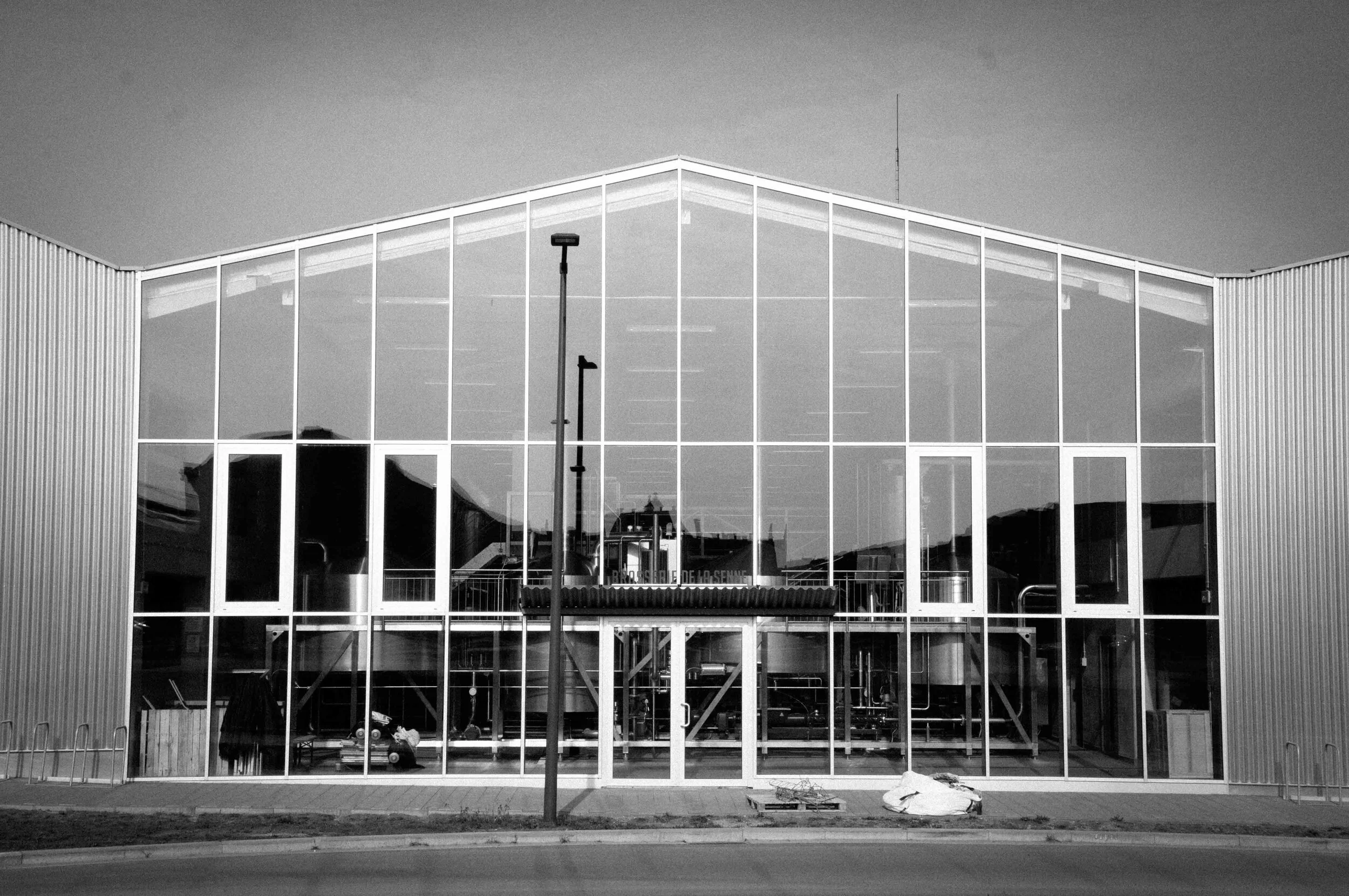A History of Brussels Beer in 50 Objects // #29 Vandenheuvel New Year’s Card, 1957
Find out more about Brussels Beer City’s new weekly series, “A History Of Brussels Beer In 50 Objects” here.
Object #29 - Vandenheuvel New Year’s Card, 1957
20th century
City Life
“Brasserie Vandenheuvel sends you its best wishes for 1957, and from now on is preparing to receive you with dignity at the World Exhibition Brussels 1958, where it will be represented in the Atomium, the main attraction of the Exhibition.”
With these words Molenbeek’s Vandenheuvel brewery said goodbye to 1957 and looked ahead to a momentous year. In 1958 Belgium invited the world to Brussels, across 200 hectares and 44 country pavilions, under the motto “a world for a better life for mankind”. America brought the colour television, and Russia Sputnik (which mysteriously disappeared), but Expo ‘58 was above all about Belgium.
A new Belgium, emerging from post-war recovery as a proudly techno-optimistic country that was still (just about) a colonial power, with a young king, and not yet unravelled by bubbling communitarian division. Its symbol, and that of the Expo, was the Atomium, a temporary 102 metre-tall, nine steel-balled edifice. When it opened in April 1958 the structure’s bar served, as Vandenheuvel promised, the brewery’s Ekla Pils.
Visitors unmoved by Ekla didn’t lack for exotic alternatives. At the Atomium’s base was the DAB Terrasse, offering krugs of Dortmunder Export. Löwenbräu erected the Oberbayern Bavarian bierhalle replete with roaring golden lion and blue-and-white bunting. Restaurant Praha had white-coated bartenders dispensing Pilsner Urquell paired with bramboràk. The British pavilion had Whitbread Pale Ale at the yacht club-themed Britannia or Jubilee Stout and John Smith’s at the Fox and Hounds. There was Guinness at the American pavilion and the Heinekens Hoek at the Dutch. The Congolese section had Café Matadi, serving beers from the Léopold and Katanga breweries not far from a grizzly “human zoo”.
Vandenheuvel and its Belgian contemporaries would not be outdone by these foreign interlopers. But in a deliberate act of counterprogramming, they eschewed steel and glass in favour of a Potemkin village of lanes and squares populated by replicas and pastiches of the country’s historic architecture. The Societe Cooperative “Belgique 1900” in which all the major Brussels breweries participated - Wielemans, Roelants, Koekelberg (now Ixelberg), Léopold, and Vandenheuvel - financed this Belgique Joyeuse village, the point of which was that “...next to the futuristic metropolis of the Heizel…where the Atomium reigns [in] a universe of Leviathans, there would be a city of our childhoods, a village which could be called Lier, Diksmuide or Bastogne.”
Buildings from Lier, Diksmuide or Bastogne featured, as did Antwerp (the Maison Plantin), Namur (the Maison des Bouchers), and Brussels (the Maison de Bellone), and beyond. 40 of them housed cafés, of which Vandenheuvel was responsible for seven, including a copy of the Cheval Marin restaurant in Brussels' Varkensmarkt.
When Belgique Joyeuse closed in October, 4.5 million visitors had passed through its neo-renaissance fever dream, and many frothy glasses of Ekla were consumed in the Cheval Marin, the Willem Tell, or the Café Uylenspiegel. Writing their New Year’s card for 1959, Vandenheuvel’s owners must have been tempted to celebrate their business acumen and looked optimistically towards what must have looked like a prosperous decade ahead.













